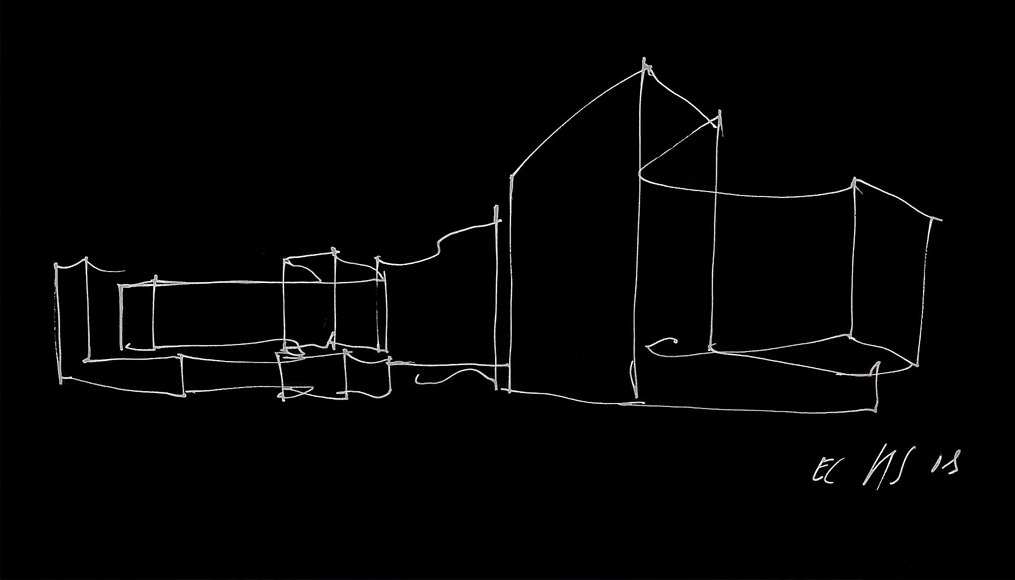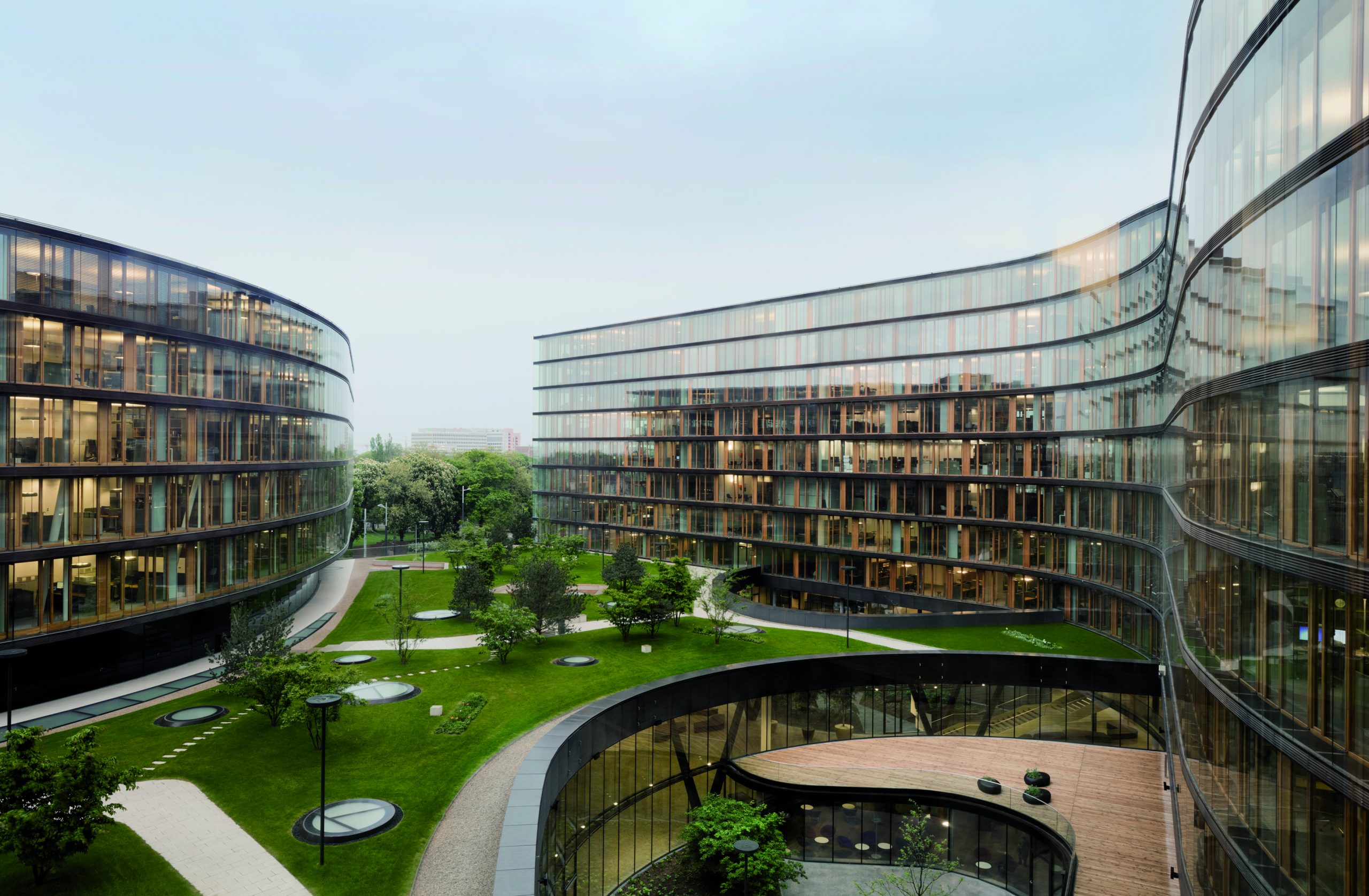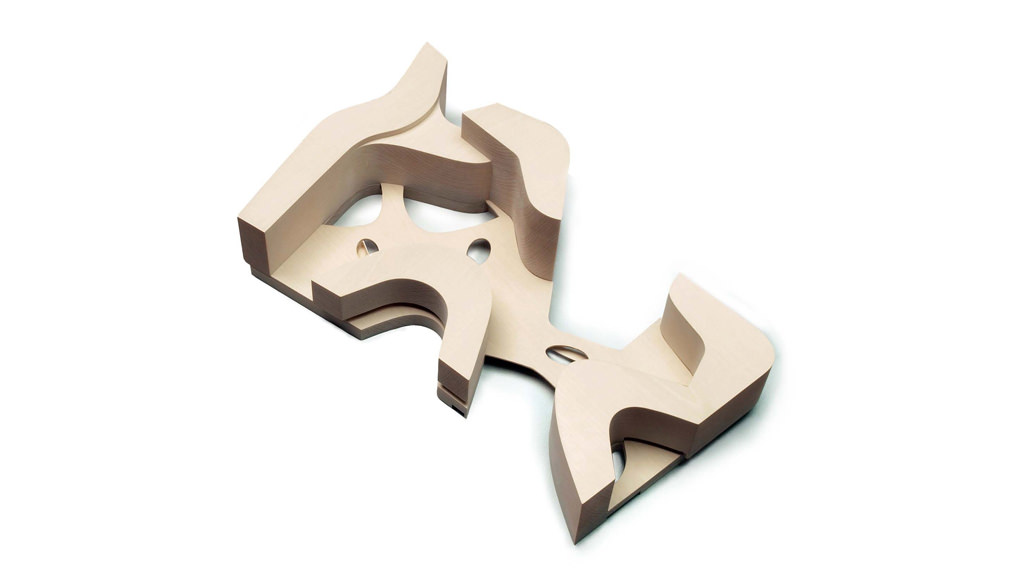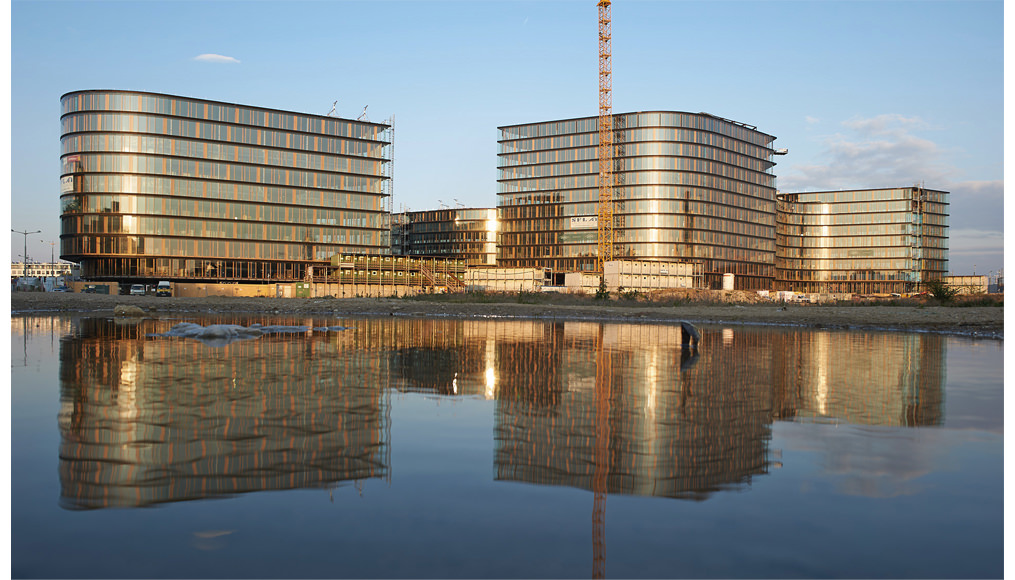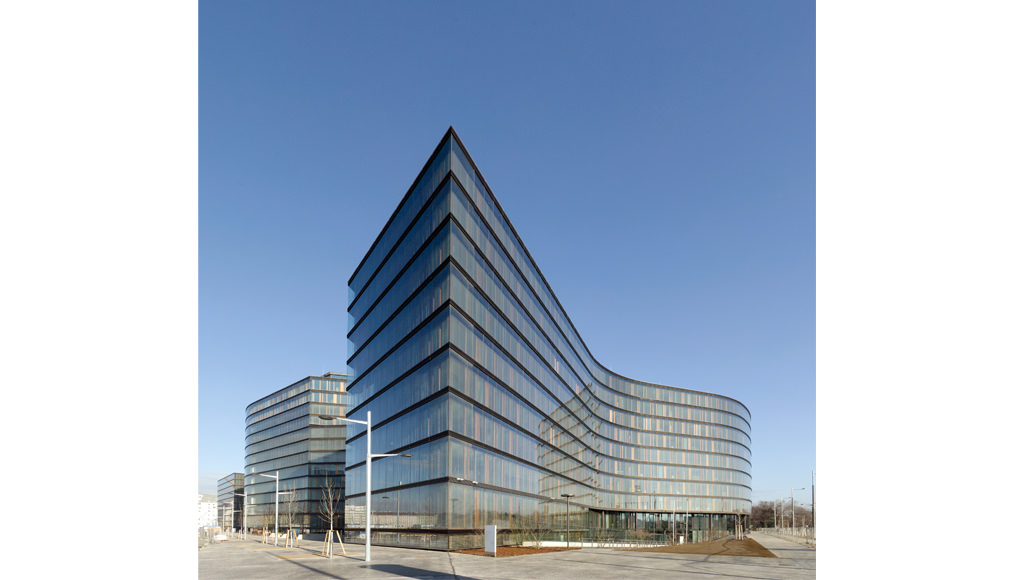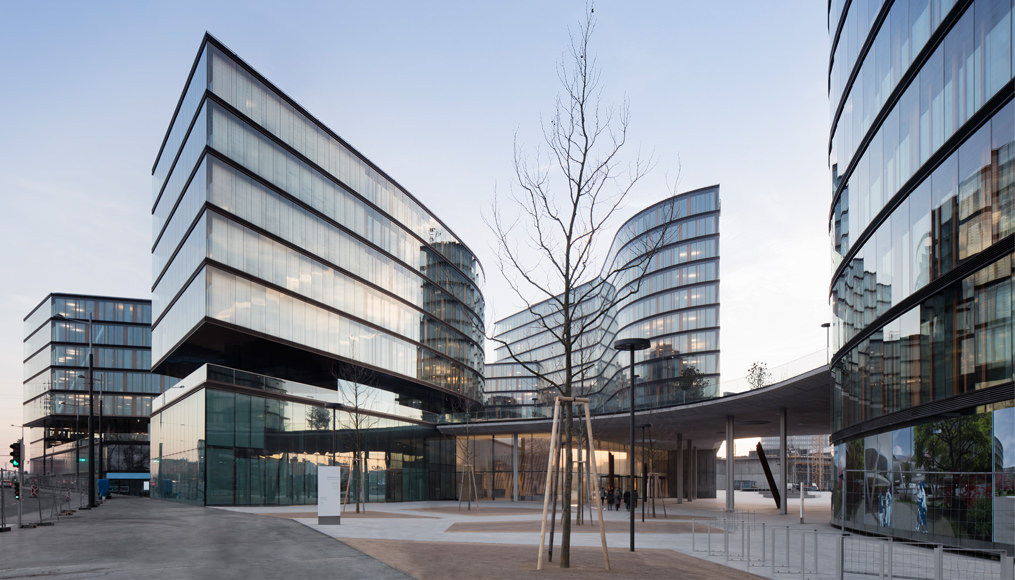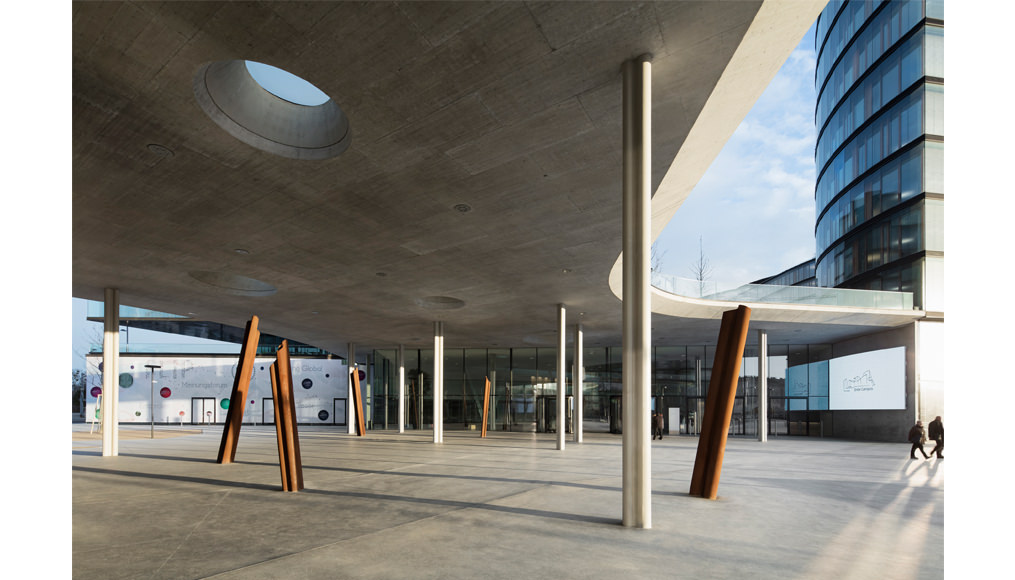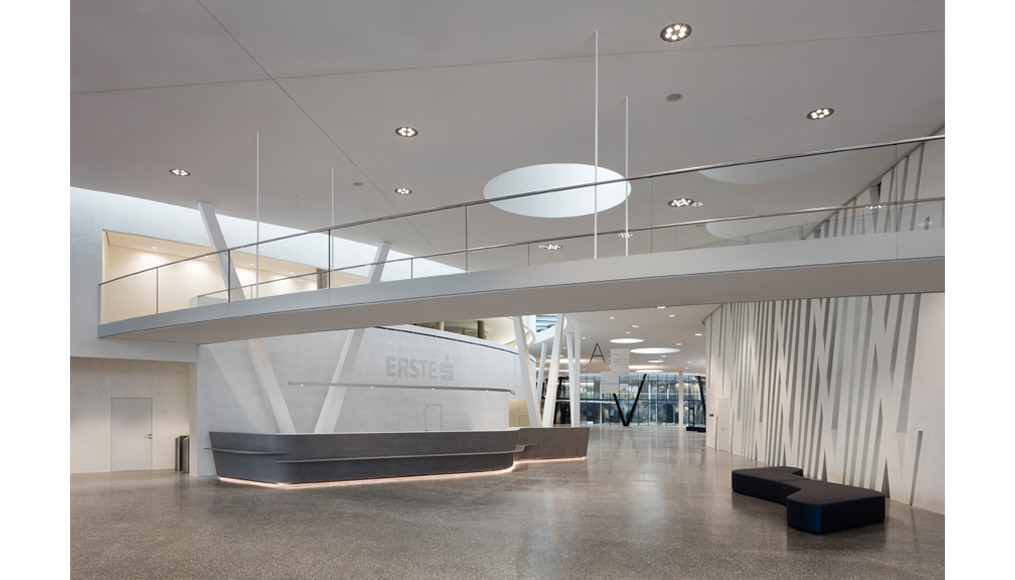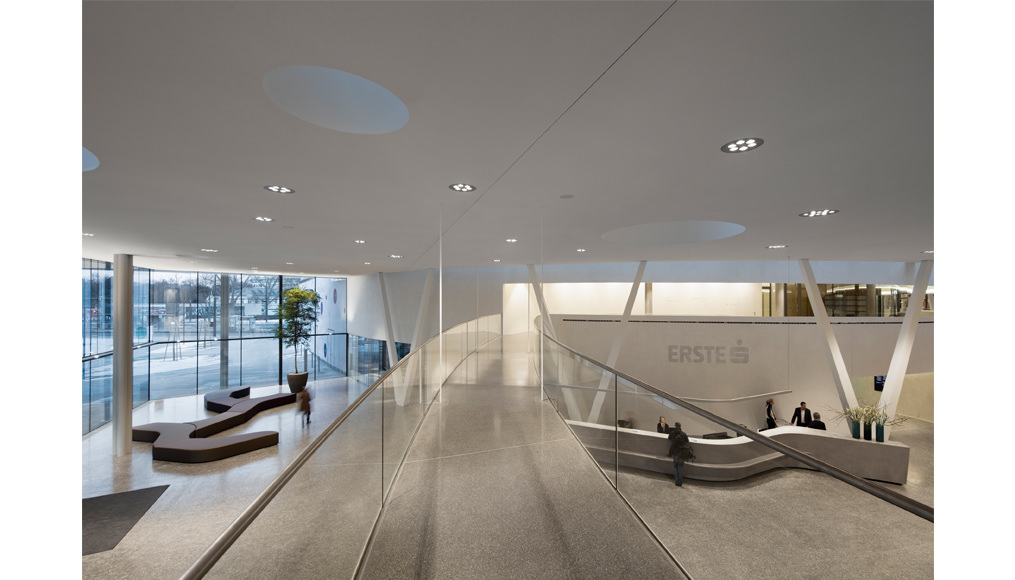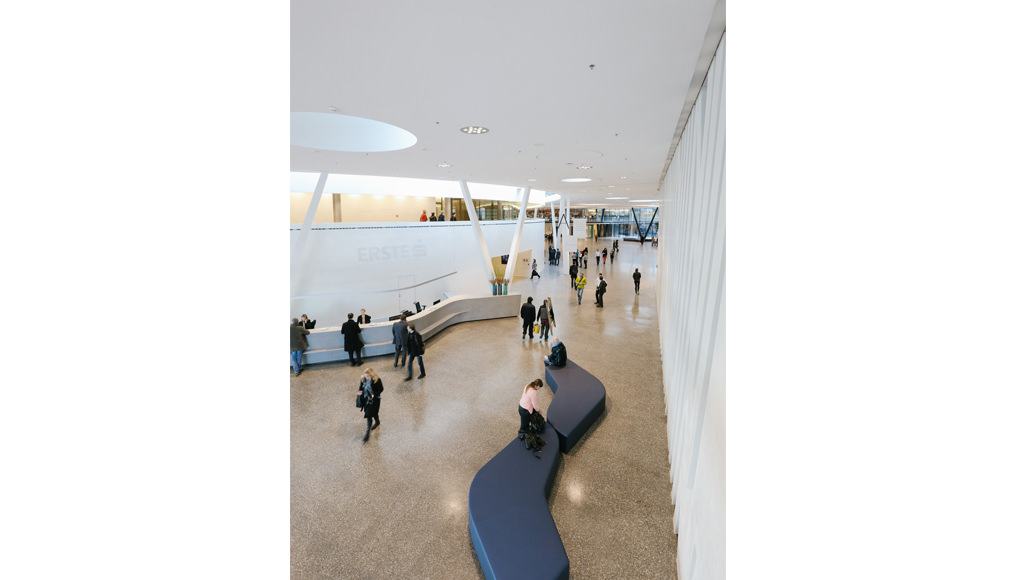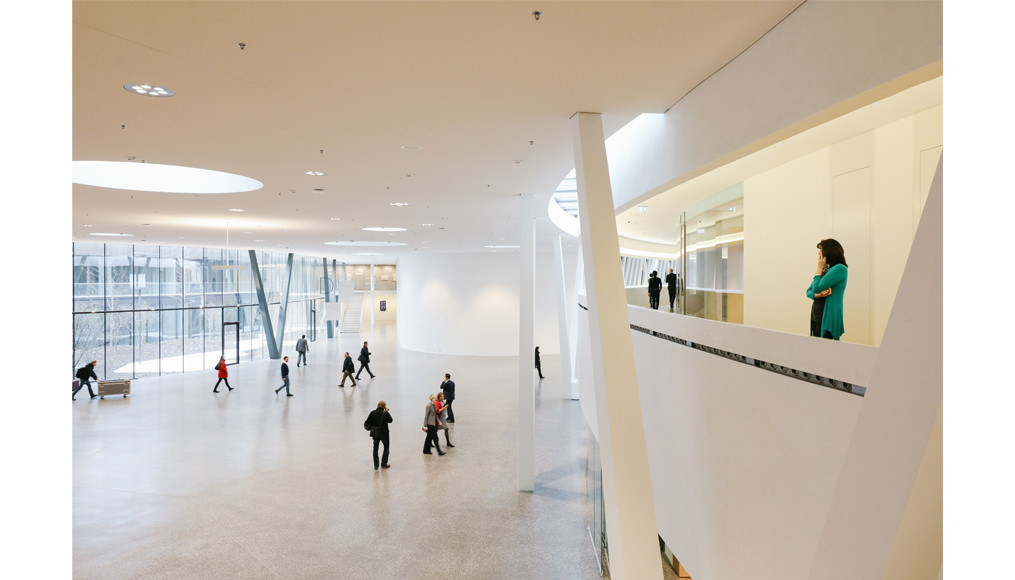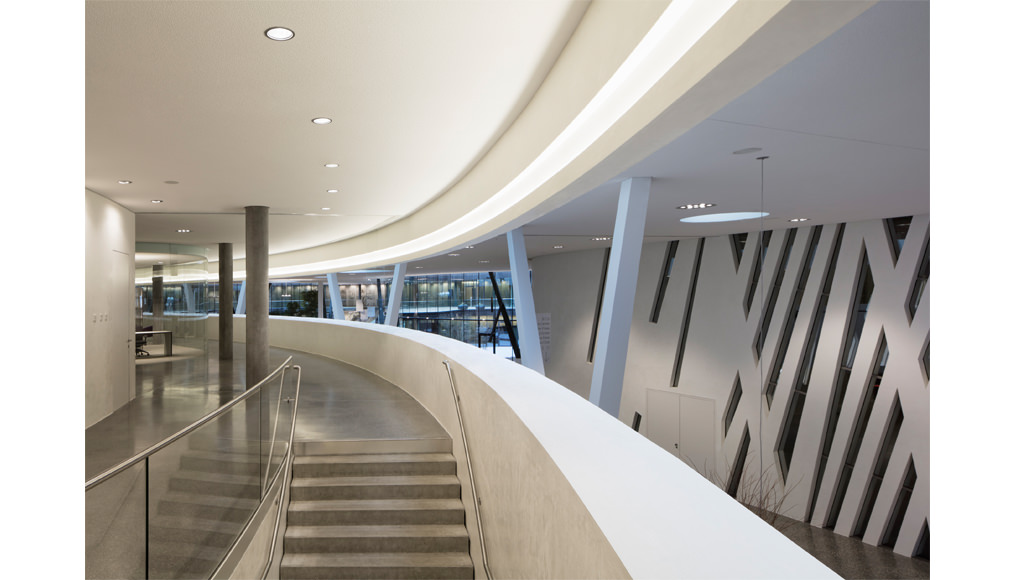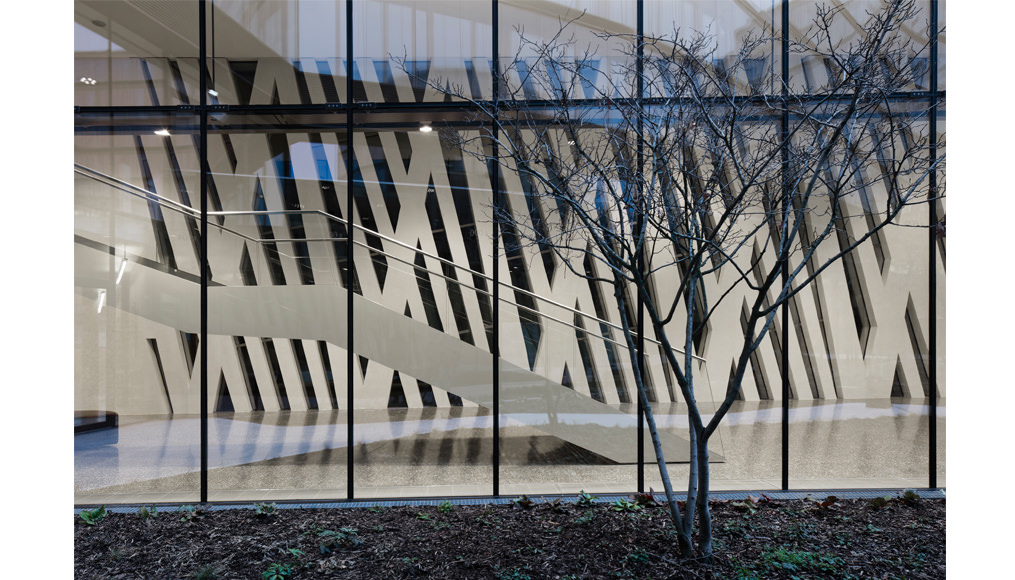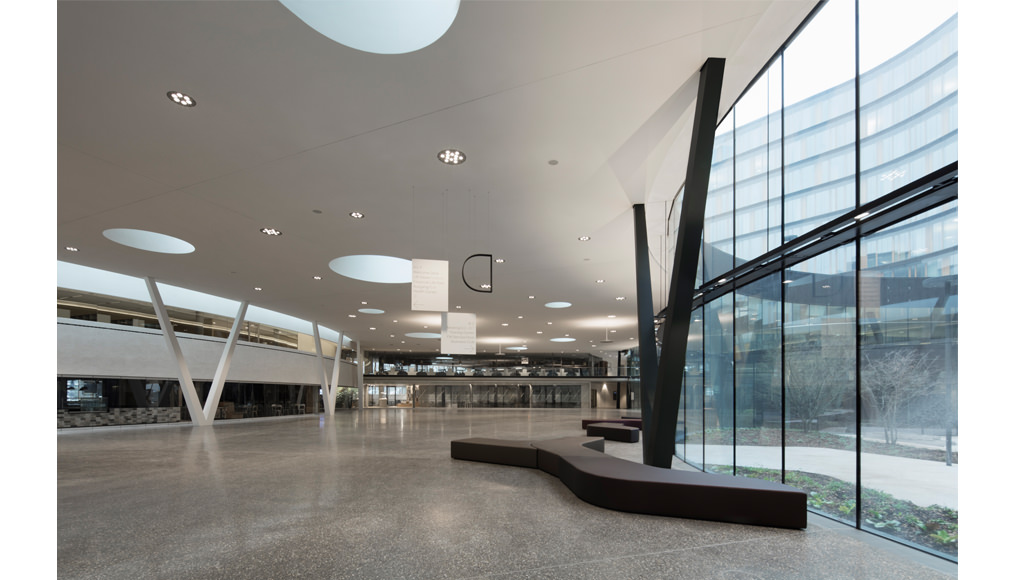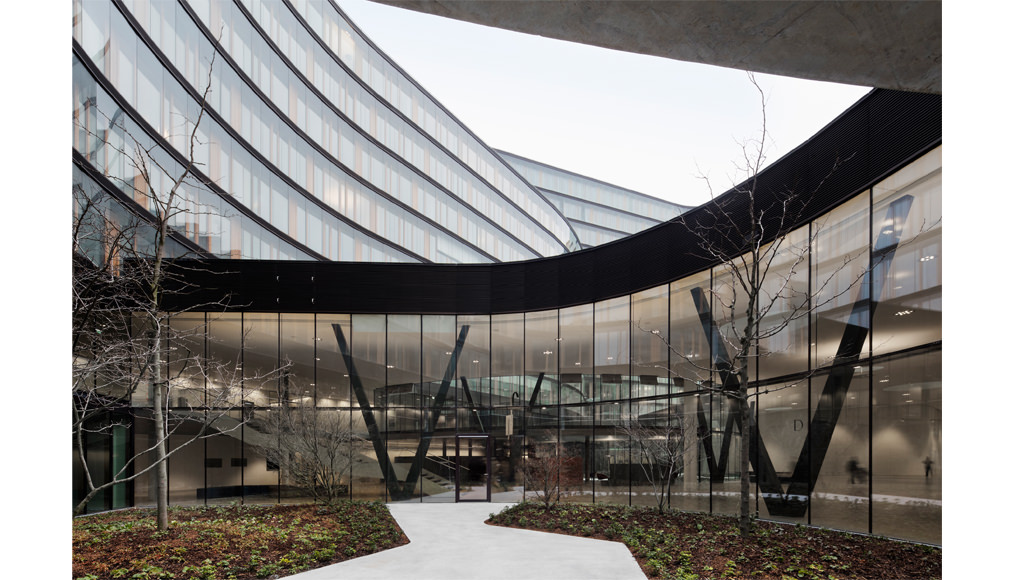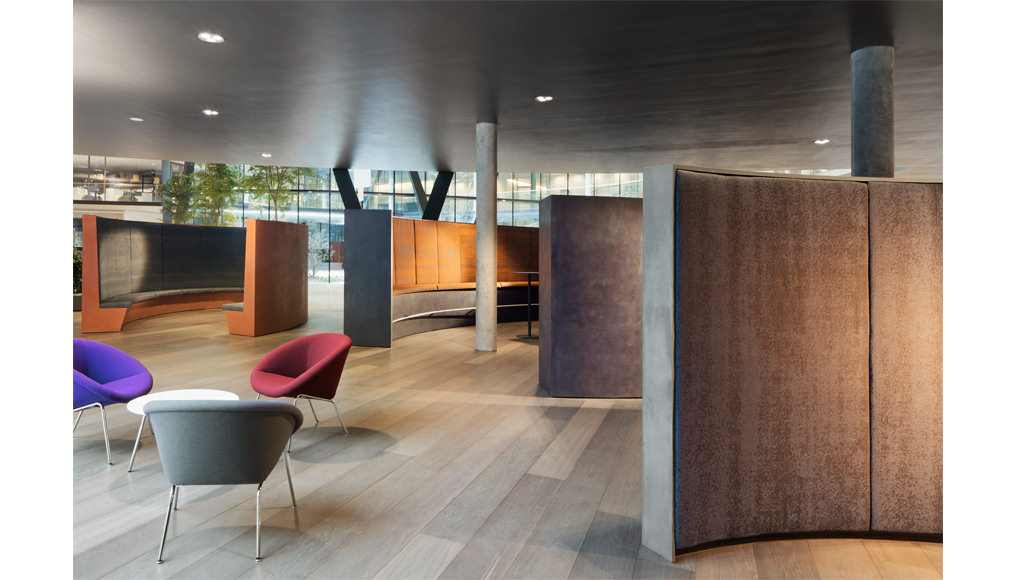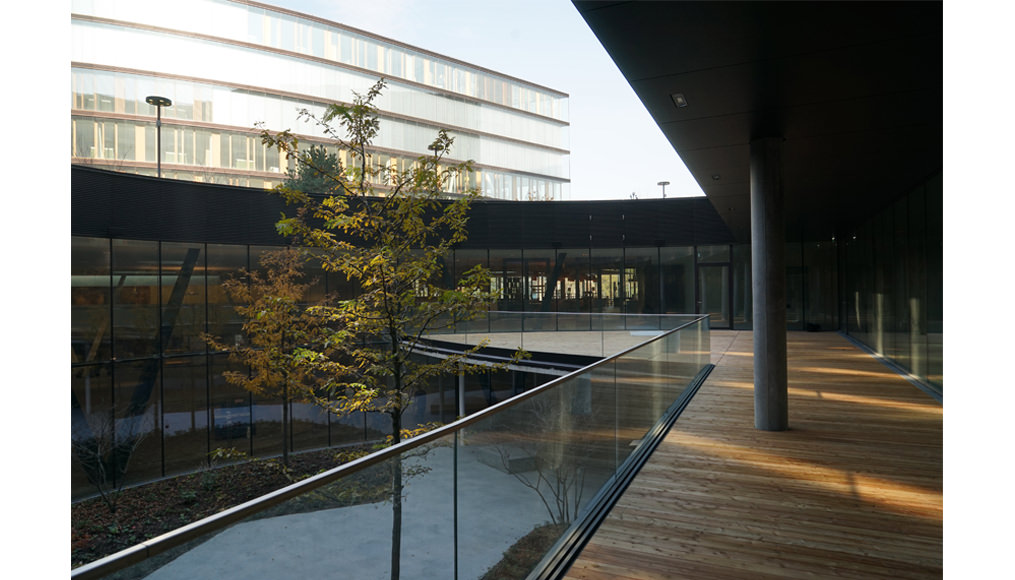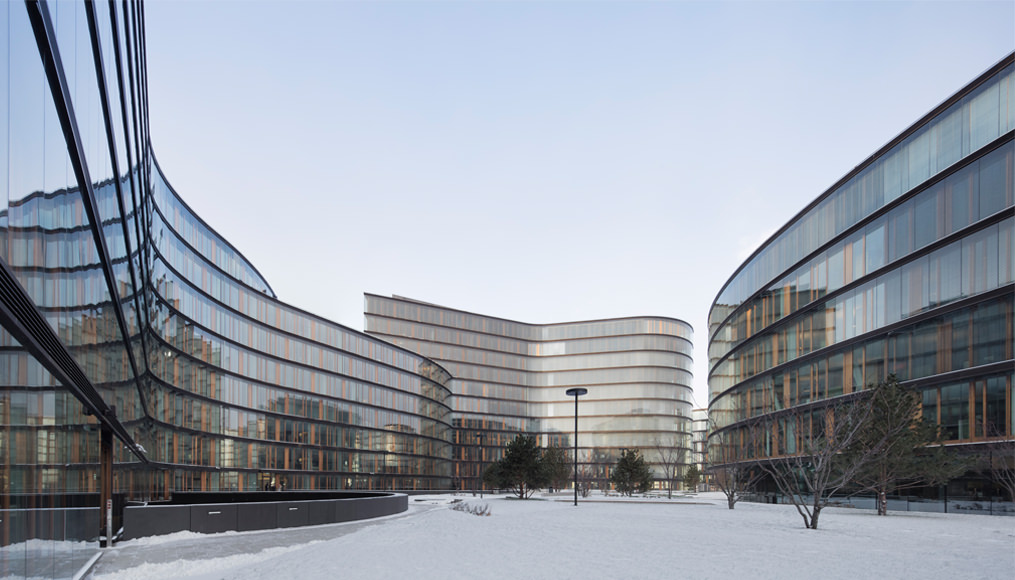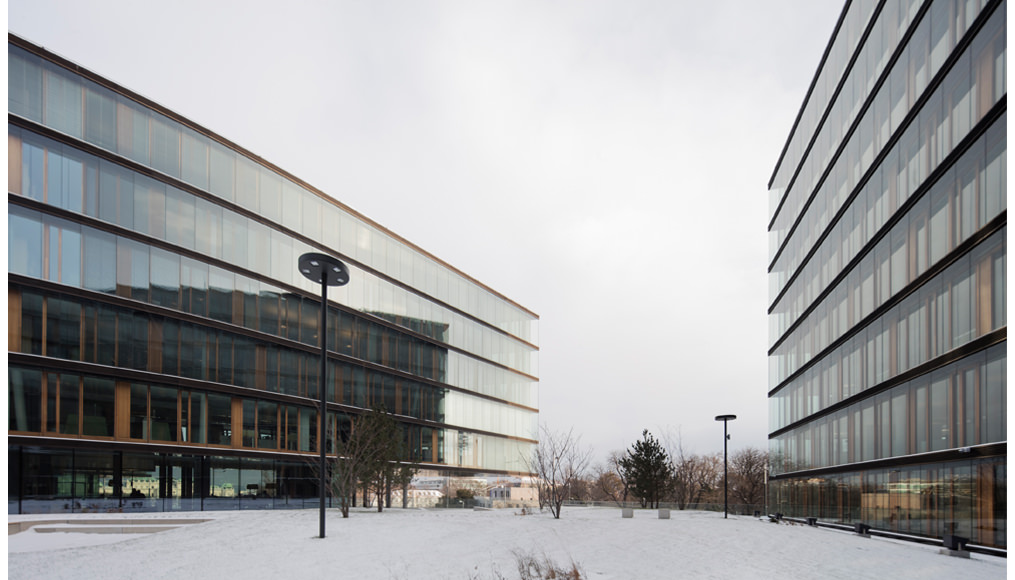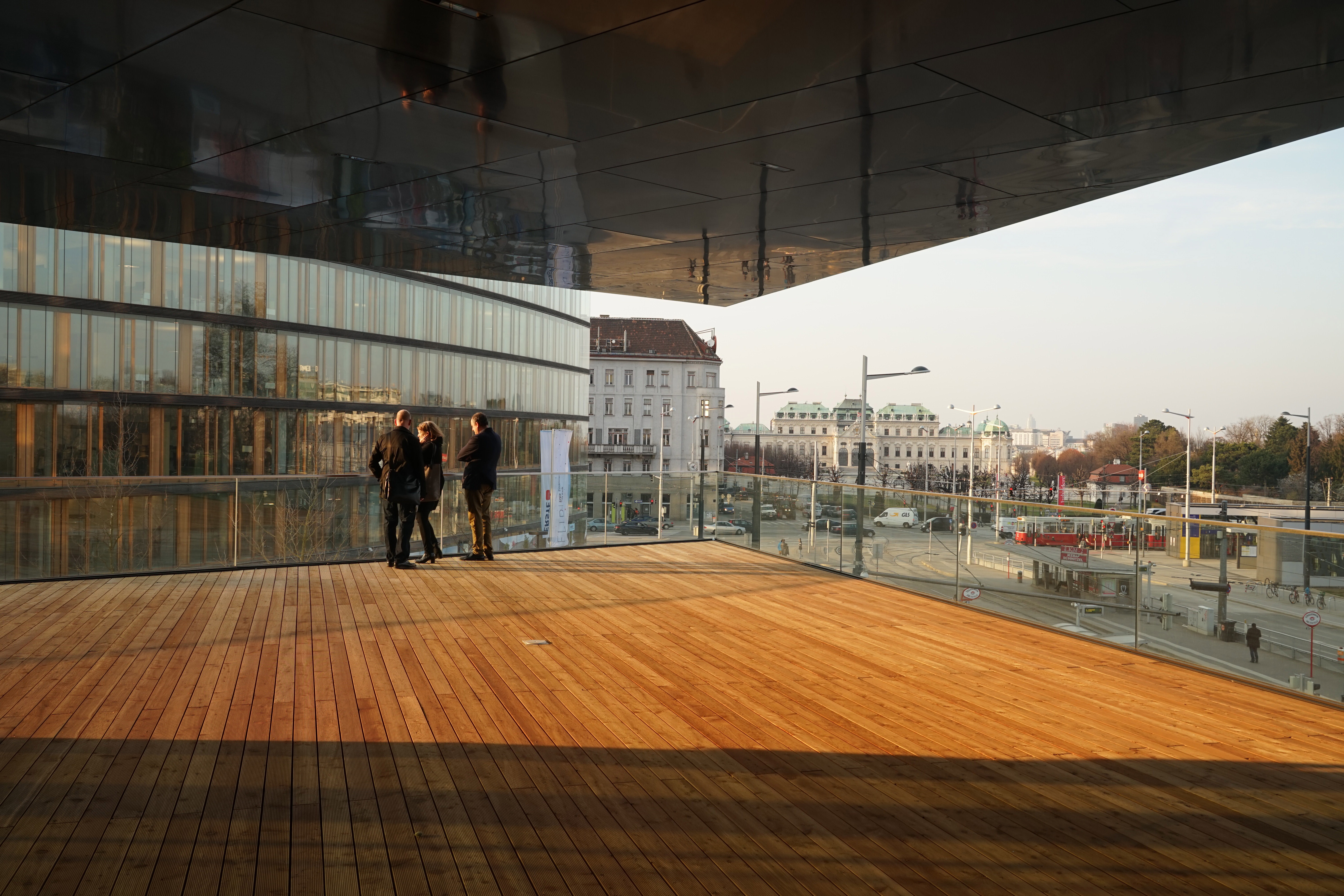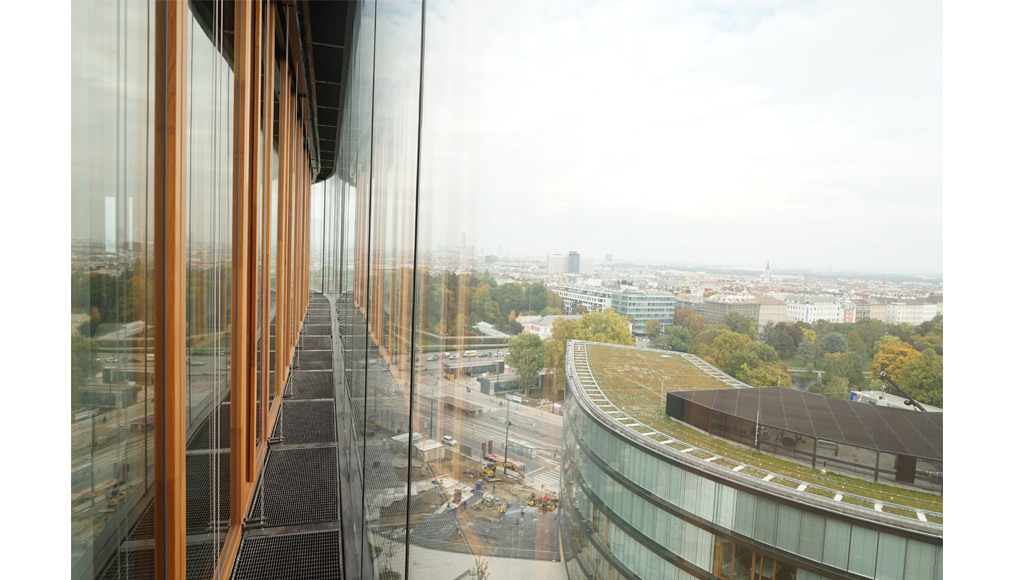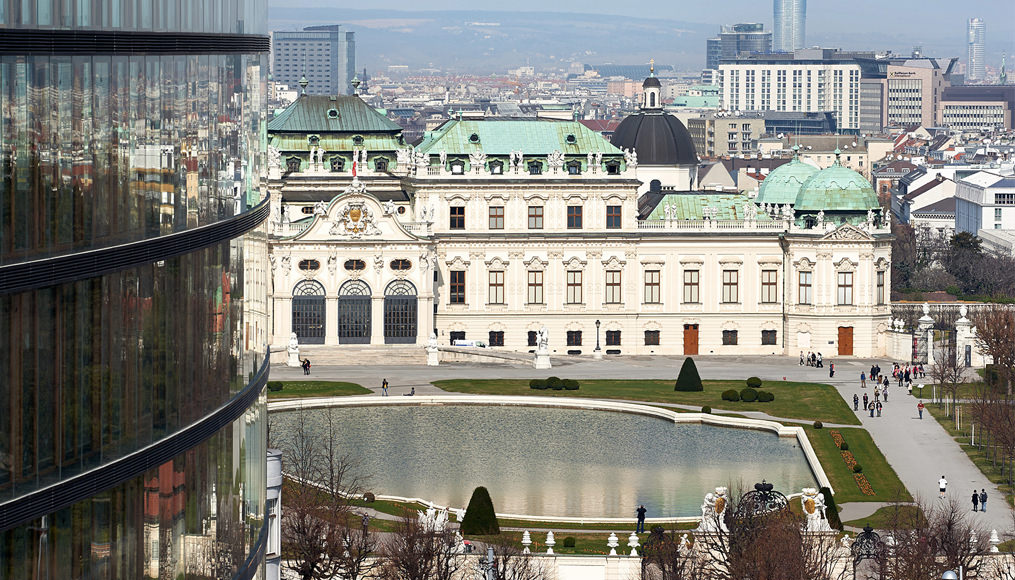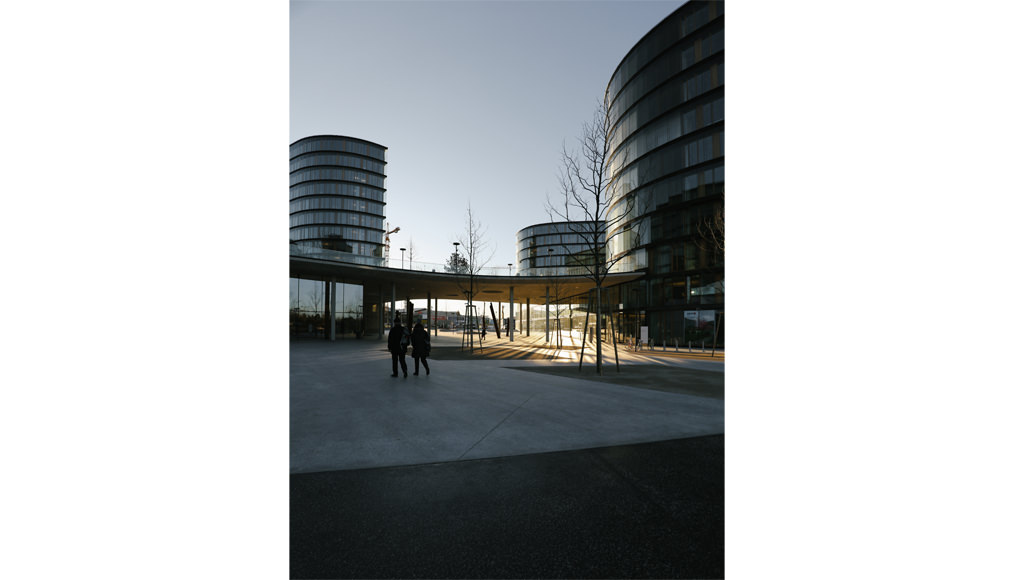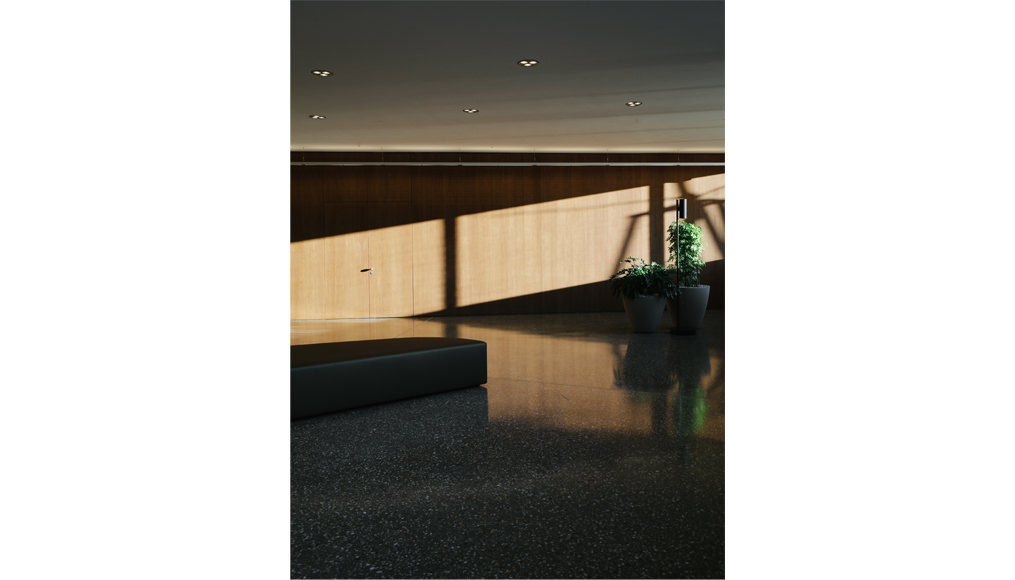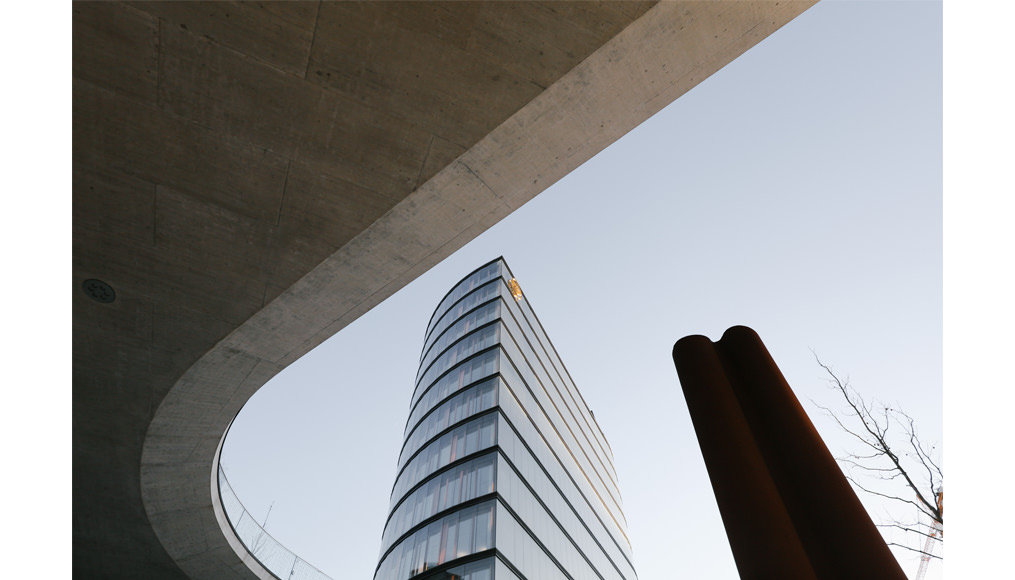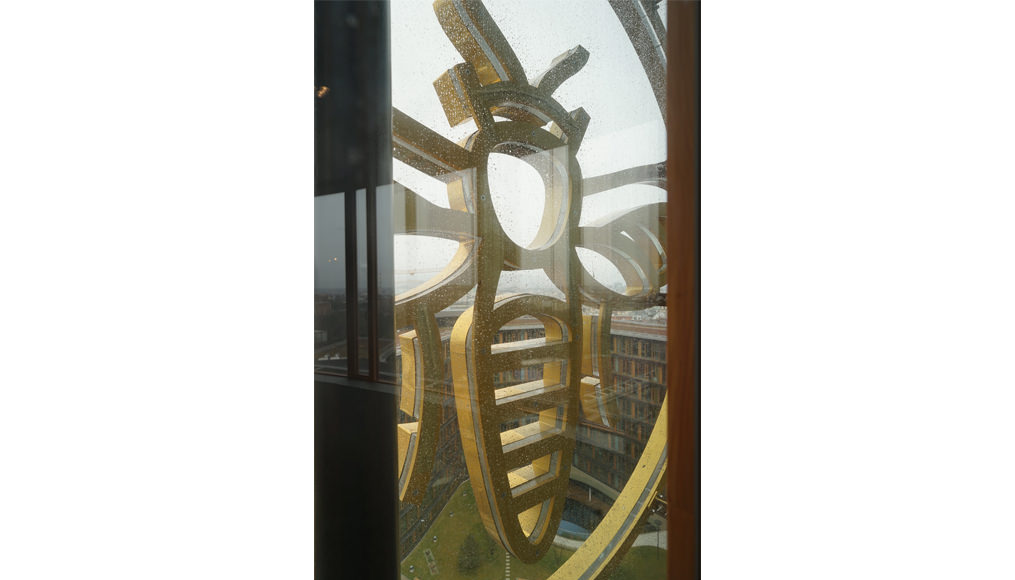| Wettbewerb | 09.2008 |
| Fertigstellung | 12.2015 |
| Land | Österreich |
| Ort | 1030 Wien |
| BGF oi | 117.000 m2 |
| BauherrIn | Erste Group |
| Projektentwickler | Erste Group Immorent AG |
| Architektur | Henke Schreieck Architekten Dieter Henke I Marta Schreieck |
| Projektleiter | Gavin Rae, Marta Schreieck, Dieter Henke |
| MitarbeiterInnen | Bugra Ceteci Conal Mc Kelvey Ana Barros Francesca Bocchini Jelena Jokic Jörg Fend Bo Ye Ana Raquel Lopes dos Santos Nicole David-Rees Monika Liebmann-Zugschwert Wolfgang Malzer Martin Huber |
| Statik | gmeiner I haferl zivilingenieure zt gmbh |
| Haustechnik | Altherm Engineering GmbH |
| Bauphysik | Pfeiler ZT GmbH |
| Brandschutz | Bmstr. DI Alexander Kunz |
| Lichtplanung | Conceptlicht at GmbH |
| Grünraumplanung | Auböck + Kárász Landschaftsarchitekten |
| ÖBA | Erste Campus Arge ÖBA IC-Hof |
| Begleitende Kontrolle | Werkstatt Wien, Spiegelfeld Holnsteiner GmbH & Co KG |
| Leitsystem | polyform I planen und gestalten I Götzelmann Middel Schumann GbR |
| Kunst am Bau | Kuratorin Kathrin Rhomberg |
| Visualisierung | ZOOM visual project gmbh |
| Fotos | Werner Huthmacher Gisela Erlacher Ana Barros Dieter Henke |
DE Am Standort des Erste Campus treffen vier stadtstrukturell unterschiedliche Stadtbezirke aufeinander – die dicht bebaute Blockrundbebauung des gründerzeitlichen 4. Bezirks, das barocke Glacis vor dem Schloss Belvedere, der Schweizer Garten sowie an der Ecke des 10. Bezirks das neue Bahnhofsquartier des 21. Jahrhunderts.
Die besondere Lage des Grundstückes am Schweizergarten war primärer Ausgangspunkt für das städtebauliche Konzept. Die maximale Orientierung und Miteinbeziehung des Grünraumes und der Anspruch, gleichwertige Arbeitsplätze für 4.500 Mitarbeiter zu schaffen, waren bestimmend für den Entwurf.
Das Bebauungskonzept basiert auf freischwingenden Volumen, die eine Gesamtkomposition von hohem Wiedererkennungswert generieren. Durch die Geometrie der Baukörper, deren Maßstäblichkeit, Höhenstaffelung und Situierung gehen Campus und Stadtraum fließend ineinander über – Innen und Außen sind aufgehoben, der Campus wird Teil der Stadt und die Stadt Teil des Campus.
Die organisch geformte Gebäudefigur umschließt einen weitläufigen Landschaftsgarten, der sich nach außen öffnet und mit dem Schweizergarten verbindet. Die binnenräumliche Landschaft verknüpft mehrere Ebenen miteinander, ist von allen Bauteilen und vom umgebenden Stadtraum aus wahrnehmbar und schafft eine unverwechselbare Identität.
Das räumliche und kommunikative Zentrum des Campus bildet ein zweigeschoßiges Atrium. In dieser Raumzone bieten eingeschnittene Innenhöfe, Brücken und Stiegen ein besonderes Raumerlebnis, vielfältige Blickbeziehungen und Durchwegungsmöglichkeiten. Das Atrium ist öffentlich zugänglich und trägt – ergänzt durch weitere kulturelle und gastronomische Nutzungen der Erdgeschoßzonen –zur Belebung und Urbanisierung des neuen Stadtquartiers bei.
Die Vision für den Erste Campus ist eine transparente, zum Stadtraum geöffnete, einladende, naturverbundene Architektur. Das neue Headquarter der Erste Group soll als ein besonderes und nicht alltägliches Lebensumfeld empfunden werden, als urbane Stadtlandschaft, mit der sich die Mitarbeiter und die Bevölkerung der Stadt gleichermaßen identifizieren können.
EN Four city districts with very different structures encounter one another at the Erste Campus site: the densely-built-up, closed perimeter block development dating from the late nineteenth century and located the 4th district, the baroque Glacis in front of Belvedere Palace, the Swiss Garden and the new main railway station quarter built in this 21st century at the corner of the 10th district.
The specific location of the property at the Swiss Garden was the primary starting point for the urban planning concept. A maximum alignment towards and integration of this green oasis and our objective to provide equal-quality work places for 4,500 employees, were decisive for the design.
The development concept is based on freely curved building corpuses that together form a holistic composition that leaves an indelible impression. The geometry of the individual building units, their proportionality, the staggered heights and their positioning allow the Campus and the city space to flow into one another – the internal and the external merge seamlessly. The Campus becomes part of the city and the city part of the Campus.
The organically formed building shape embraces the extensive landscaped garden, which opens to the outside and connects to the Swiss Garden. The internal spatial landscape links several layers together, can be seen from all building parts as well as from the surrounding urban space and has a unique identity.
The spatial and communicative center of the Campus consists of a two-storey atrium. Incised courtyards, bridges and staircases offer a special spatial experience, a variety of visual relationships and opportunities for encounter. The atrium is open to the public, thus contributing to the revitalisation and urbanisation of the new city district and is complemented by further cultural and gastronomic facilities on the ground floor areas.
Our vision for the Erste Campus was to create a transparent space that is open towards the urban space, an inviting architecture in close touch with the nature. The new headquarters of the Erste Group should be perceived as a special environment that is not commonplace, as an urban city landscape, with which the staff and the general public of the city can identify alike.
